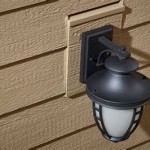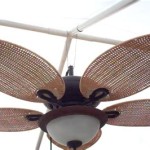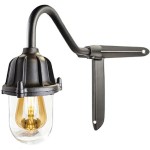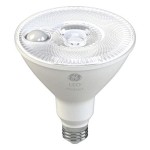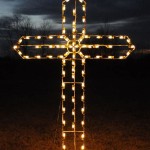Essential Aspects of Outdoor Light Design
Outdoor lighting design plays a crucial role in enhancing the functionality, safety, and aesthetic appeal of outdoor spaces. Careful planning and consideration of various aspects are essential to achieve an effective and visually pleasing lighting scheme.
In this article, we will explore the key aspects that contribute to successful outdoor light design, covering factors such as purpose, placement, fixture selection, and control strategies.
1. Purpose and Function
Determining the primary purpose of outdoor lighting is the first step in designing an effective scheme. Whether it's for safety, security, ambiance, or accentuation, the intended use will guide the selection of fixtures, placement, and intensity.
2. Placement and Coverage
The strategic placement of light fixtures is crucial for achieving optimal illumination. Factors to consider include the height, coverage area, and beam angle of fixtures. Proper spacing and directional control ensure even distribution of light and minimize shadows.
3. Fixture Selection
The choice of fixtures depends on the purpose, aesthetics, and environmental factors. Consider the durability, weather resistance, and style of fixtures to complement the surroundings. Different types of fixtures, such as path lights, spotlights, and wall sconces, serve specific functions and create varying effects.
4. Light Sources and Control
The type of light source used can significantly impact the ambiance and energy efficiency of the lighting scheme. LED lighting offers advantages in terms of longevity, energy savings, and color rendering. Control strategies, such as timers, sensors, and dimmers, allow for flexibility and energy management.
5. Safety and Security
Outdoor lighting plays a vital role in enhancing safety and security around properties. Illuminating walkways, entrances, and dark corners deter crime and improve visibility for both occupants and visitors. Motion-activated lights can further increase security by alerting to potential intruders.
6. Aesthetics and Ambiance
Beyond functional considerations, outdoor lighting can transform outdoor spaces into visually captivating environments. Accent lighting highlights architectural features and landscaping, creating focal points and enhancing the aesthetics. Warm and inviting lighting can create a cozy and welcoming ambiance for outdoor gatherings.
7. Environmental Considerations
Responsible outdoor lighting practices minimize light pollution and energy consumption. Using energy-efficient fixtures, directing light downward, and shielding sources can reduce light trespass and preserve the natural night sky.
By addressing these essential aspects, designers can create outdoor lighting schemes that are both functional and aesthetically pleasing, enhancing the safety, functionality, and ambiance of outdoor spaces.

Outdoor Lighting Series Of Alphaluce Lamp Design

13 Outdoor Lighting Tips For A Safe And Inviting Landscape

Arihant Star Best 4 Way Outdoor Wall Light Design 3 W For Bedroom Bathroom

How To Buy Outdoor Lighting Planning And Design Tips Ideas Advice Lamps Plus

Stylish Outdoor Lighting Ideas For Home Design Cafe

16 Watt Led Outdoor Wall Up Down Left Right Cube Light Warm White Ashish Electrical

5 Beautiful Garden Lighting Ideas Landscape Design Backyard Outdoor Lighti Exterior House Lights
Outdoor Lighting Ideas 10 Designs Architecture Design
Outdoor Lighting Harrisburg York Pa Lancaster Fix Luminaire Watson Supply

Outdoor Wall Lighting Ideas For Your Beautiful Home In 2024
Related Posts
